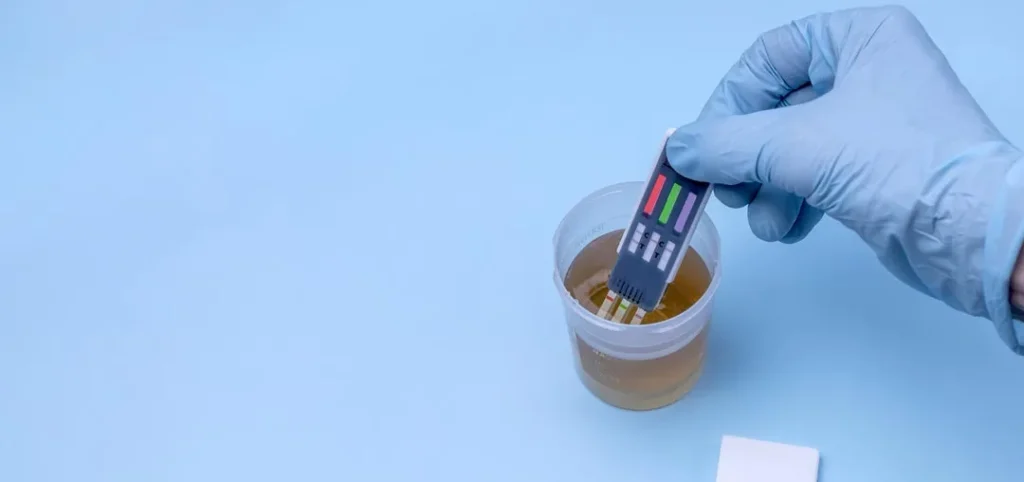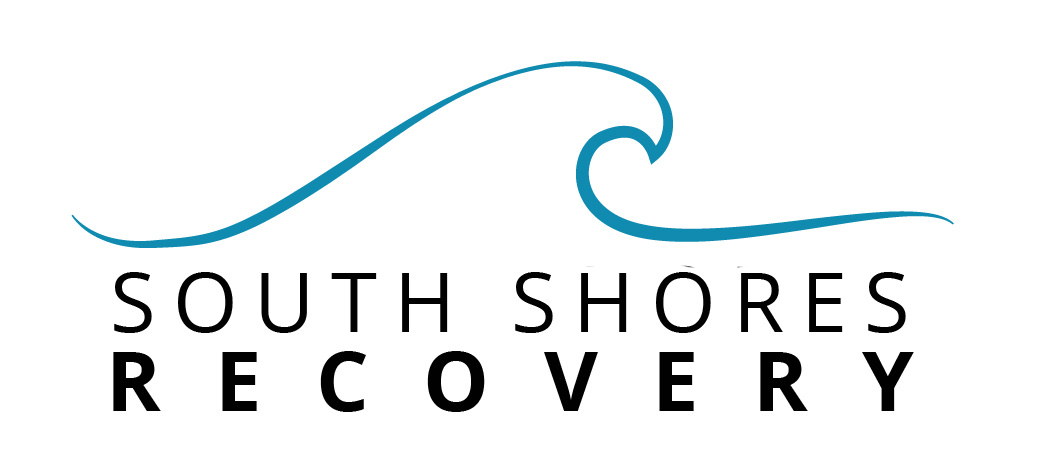Understanding How Long Ecstasy and MDMA Stay in the Body
Ecstasy or MDMA is a synthetic drug with hallucinogenic and stimulant properties. Also called Molly, Ecstasy is generally considered a “party drug” or “club drug.”
In these settings, Ecstasy users consume the drug for effects like euphoria, emotional closeness, and energy. It can also lead to decreased appetite, trouble sleeping, teeth grinding, poor judgment, and other effects. However, some people develop a dependence on the drug.
People with such may worry about testing positive for MDMA and other drugs. In turn, you might look up “How long does ecstasy stay in your system?”
This article will go over how long Ecstasy stays in your body and system, how long drug tests can detect MDMA by type, and how professional addiction treatment at South Shores Detox and Recovery can help you if you live with Ecstasy addiction or abuse.
A Brief Overview of MDMA
MDMA is categorized by the Drug Enforcement Administration (DEA) as a Schedule I controlled substance. Taking Ecstasy can have severe impacts on your physical health, mental health, and life, leading to consequences such as legal issues, kidney failure, memory loss, cardiovascular problems, anxiety, panic attacks, and lasting changes to the brain.
It is worth noting that much of the contemporary MDMA, molly, and ecstasy available on the illicit market is either adulterated with other substances, or completely composed of other drugs, such as 2CB, meth, or even fentanyl.
How Long Does Ecstasy Stay in Your System?
Ecstasy has a half-life of about 6-9 hours. The “half-life” of a drug refers to how long it takes for typical metabolic processes in the body to reduce the initial concentration of a drug by 50%. Hence, the “half” in half-life. Most people feel “high” on the drug for about 3-5 hours or about half of one half-life.
Even so, everyone is unique. The duration of time MDMA stays in the system can vary based on factors such as the following:
- Body weight or size: Usually, people with a larger body size will metabolize drugs more quickly.
- Age: In most cases, MDMA and other substances are detectable for longer in older individuals compared to younger people.
- Metabolism: Some people metabolize drugs faster or slower than others, which can be related to body composition or size and other factors.
- Frequency of use: If a person takes a higher amount of Ecstasy or uses the drug regularly, it may be detectable in the body for longer via drug tests.
- Hydration: The amount of liquid one consumes can speed up or slow down the body’s ability to filter out substances like Ecstasy.
- Physical health: Some health conditions can make Ecstasy stay in the system for longer, independent of age and other factors.
Gender and genetics can also play a role in how long MDMA or any other type of drug stays in the body. Note that the drug’s half-life, or how long you experience the effects of Ecstasy after taking it, does not mirror the length of time MDMA can be detected in drug tests.
How Long is Ecstasy Detected in a Drug Test?

All drug tests have different detection windows. Generally, the detection window for MDMA lasts much longer than the duration of the psychoactive effects of taking Ecstasy. The presence and duration of time meth stays in the body are similar to those of MDMA, as it is an amphetamine-analog.
Cocaine, while also a stimulant, has a much shorter half-life, and the presence of coke in your system is usually detected by metabolites rather than the drug itself.
While the following are estimates that can differ based on body size and other factors, here’s how long each type of drug test can usually detect Ecstasy for.
Urine Tests: 2-4 Days
Urine tests are the most common type of drug test used in most settings. For example, pre-employment drug screenings usually look for Ecstasy and other drugs through urine testing.
The detection window for Ecstasy via urine screening is about 2-4 days, but some factors, like hydration level, can shorten or lengthen this window.
Saliva Tests: 1-2 Days
Ecstasy is only detectable in your saliva for about 1-2 days. While this time period is small, saliva tests are good for detecting recent drug use, as Ecstasy can show up in saliva tests within as little as 15 minutes (0.25 hours) of consuming the drug.
Blood Tests: 1-2 Days
Like saliva tests, blood tests detect MDMA for about 1-2 days, depending on who you are. There are benefits to testing for drugs via blood tests. For example, synthetic urine cannot be used.
Hair Tests: 90 Days
Hair follicle tests are the type of drug tests that show substances in your system for the longest duration of time. Unlike urine, blood, and saliva tests, hair strand testing can detect Ecstasy use for around 90 days.
The Signs and Symptoms of Ecstasy Addiction or Abuse
Asking “How long does Ecstasy stay in your system?” or looking for ways to test negative on different drug tests despite consuming the drug are just two potential signs that you are experiencing Ecstasy abuse.
Other signs and symptoms of Ecstasy abuse may include but aren’t limited to the following:
- Continuing to use Ecstasy despite adverse effects on your life, mental well-being, or overall physical health
- Spending a significant deal of time abstaining, thinking about, or using Ecstasy
- Taking more Ecstasy than intended, or using Ecstasy more often than intended
- Gastrointestinal effects (e.g., nausea)
- Blurred vision or visual disturbances
- Muscle or joint stiffness
- Sweating or chills
- Headaches
- Dry mouth
Often, identifying these symptoms and acknowledging the way Ecstasy affects your life is the first step to seeking addiction treatment. South Shores Detox and Recovery offers multiple treatment options for people overcoming Ecstasy addiction, abuse, or misuse.
How Substance Abuse Treatment for Ecstasy at South Shores Recovery Can Help

The following addiction treatment options are available to you or your loved one seeking help for substance abuse at our recovery centers at South Shores. When you contact us, we’ll give you a free intake assessment and discuss your options so that we can better understand your treatment needs and help you determine the most appropriate course of treatment.
The right level of care or treatment program for you may depend on several factors, such as the severity of your MDMA addiction and whether you can avoid continued drug abuse outside of treatment hours.
Medical Detoxification Program for Ecstasy
Intense cravings and other withdrawal symptoms during detox can be challenging to overcome on your own. Medical detoxification helps you get through the initial withdrawal symptoms that present when you discontinue substances. Detoxing from Ecstasy is not typically dangerous, but adverse side effects such as cravings can still complicate the process of getting and staying sober on your own.
Like with other substance use disorders, treating Ecstasy addiction requires that you address the underlying causes of drug abuse. Accordingly, treatment centers strongly recommend pursuing another level of care after detox is over. Usually, detox lasts for 3-10 days and is a precursor to another care level.
Residential Inpatient Program for Ecstasy
Residential inpatient addiction treatment provides 24/7 supervision and accountability. In inpatient substance abuse treatment at South Shores Detox and Recovery, you will engage in individual therapy, group therapy, recreation activities, and other services throughout the day. With the help of staff members, you’ll create new, healthy sober routines away from daily life triggers, which you can continue in your daily life post-treatment.
Our commitment to whole-person healing is one of the things that sets South Shores Detox and Recovery apart. We offer life skills training, work and education planning, and everything else you need to succeed after treatment.
Partial Hospitalization Program for Ecstasy
Outpatient treatment can be ideal for people with mild substance abuse concerns or for those who are transitioning out of a higher level of care. Since outpatient treatment provides more flexibility than inpatient treatment, it can also be more suitable for those who need to tend to external commitments while in substance abuse treatment.
There are multiple types of outpatient programs, which vary in intensity and time commitment. Our partial hospitalization program (PHP) offers intensive care during the day but allows you to return home at night. PHP schedules have a similar time commitment to that of a typical work or school schedule.
Therapeutic drug monitoring may be used to ensure that individuals in outpatient treatment are staying off of Ecstasy and other controlled substances.
Aftercare for Ecstasy Addiction

Before you graduate from treatment at South Shores Detox and Recovery, we’ll help you make a personalized aftercare plan. Aftercare plans might include continued support groups, medication management for drug abuse or co-occurring mental health disorders, therapy, education or job support, sober living, and other services.
You will also gain access to South Shores Detox and Recovery’s alumni program once you graduate from treatment. Our alumni program helps you stay connected to the support system you built while in treatment and maintain your sobriety.
Get Help for Ecstasy Abuse at South Shores Detox and Recovery
To learn more about how Ecstasy abuse treatment can help you or someone else in your life, contact South Shores Detox and Recovery. Whether you’re looking for MDMA addiction treatment or need help with another type of addiction or mental health concern, we’re here for you.
Reach out to our admissions line, available 24/7, to get in touch with South Shores Detox and Recovery today.
References
- https://www.dea.gov/factsheets/Ecstasyecstasy-or-mdma-also-known-molly
- https://www.urmc.rochester.edu/encyclopedia/content.aspx?contenttypeid=167&contentid=mdma_drug_screen_urine
- https://www.ncbi.nlm.nih.gov/pmc/articles/PMC3178664/
- https://www.ncbi.nlm.nih.gov/pmc/articles/PMC3178664/
- https://www.ncbi.nlm.nih.gov/pmc/articles/PMC3159864/ https://www.ncbi.nlm.nih.gov/pmc/articles/PMC6170116/


Recent Comments